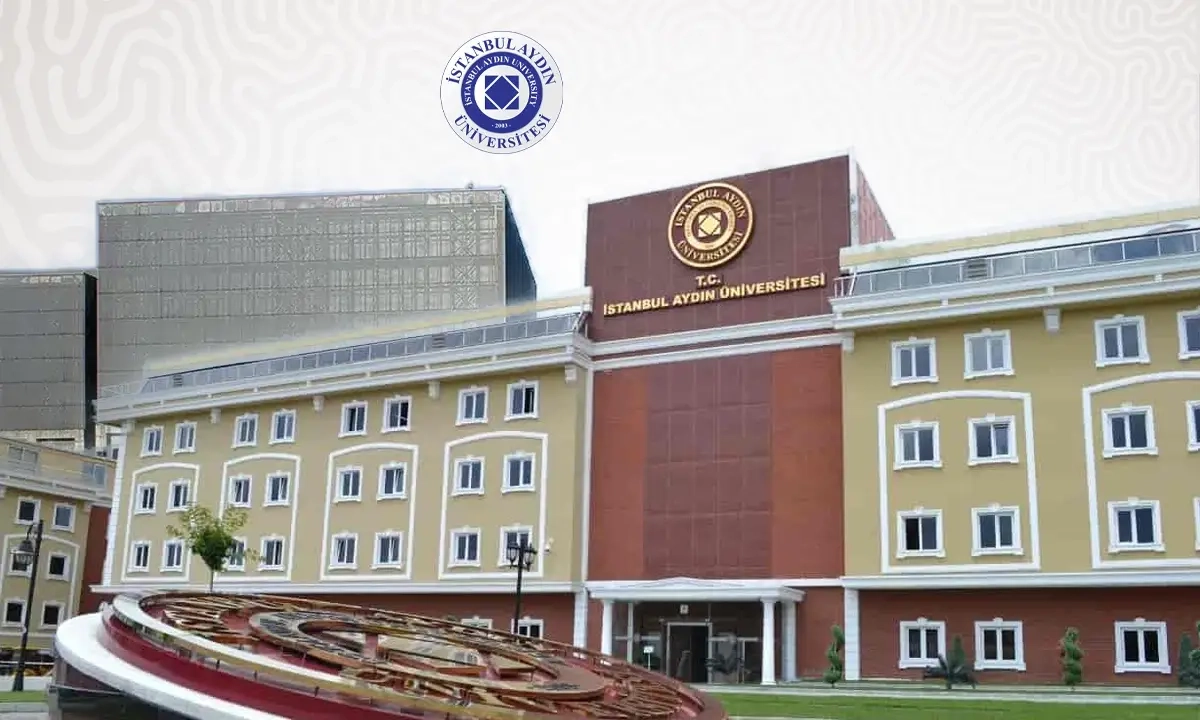College: Vocational School
This specialty provides a comprehensive understanding of the principles and practices of perfusion techniques, focusing on the operation and management of extracorporeal circulation systems during cardiac surgery and other medical procedures. Students will explore key topics such as cardiopulmonary bypass, extracorporeal membrane oxygenation (ECMO), and physiological monitoring of patients. The specialty emphasizes integrating theoretical knowledge and practical skills to prepare students for careers as clinical perfusionists, cardiovascular technologists, and researchers in the field of perfusion science.
Learning Objectives:
- Understand the fundamental principles of perfusion techniques and their role in supporting cardiac and respiratory functions during surgery.
- Develop skills in operating and managing extracorporeal circulation systems, including cardiopulmonary bypass and extracorporeal membrane oxygenation.
- Learn techniques for monitoring and maintaining physiological standards during perfusion.
- Explore the principles of hemodynamics, blood gas management, and coagulation therapy.
- Understand the impact of perfusion techniques on patient outcomes and safety.
- Analyze the challenges and opportunities for working in the field of perfusion science.
- Develop critical thinking and problem-solving skills to address complex clinical scenarios.
Main Curriculum:
- Introduction to Perfusion Techniques
- Overview of perfusion techniques, their history, and significance in cardiac surgery and critical care.
- Cardiopulmonary Bypass
- Basics of cardiopulmonary bypass, including circuit components, priming, and operation.
- Techniques for managing cardiopulmonary bypass during cardiac surgery.
- Extracorporeal Membrane Oxygenation (ECMO)
- Study of ECMO, including veno-arterial (VA) and veno-venous (VV) membrane oxygenation.
- Techniques for initiating ECMO therapy, managing, and weaning patients from ECMO.
- Physiological Monitoring
- Principles of physiological monitoring, including hemodynamics, blood gas analysis, and coagulation status.
- Techniques for interpreting and responding to physiological data during perfusion.
- Hemodynamics and Blood Gas Management
- Basics of hemodynamics, including cardiac output, blood pressure, and vascular resistance.
- Techniques for managing blood gas levels and acid-base balance during perfusion.
- Anticoagulation Therapy
- Study of anticoagulation therapy, including the use of heparin and monitoring activated clotting time (ACT).
- Techniques for managing anticoagulation and preventing complications during perfusion.
- Patient Safety and Outcomes
- Principles of patient safety, including risk management and quality assurance in perfusion practice.
- Techniques for improving patient outcomes through effective perfusion management.
- Emerging Trends in Perfusion Techniques
- Impact of emerging trends, such as minimally invasive perfusion, advanced monitoring techniques, and artificial intelligence on perfusion science.
- Techniques for integrating new trends into clinical practice.
Assessment Methods:
- Clinical practice and simulation to evaluate practical skills in perfusion techniques.
- Written assignments and research papers to assess knowledge of perfusion principles and practices.
- Presentations and reports on clinical cases and perfusion management strategies.
- Participation in group discussions and debates on contemporary issues in perfusion science.
Recommended Textbooks:
- "Clinical Perfusion Guide" by Glenn P. Gravlee.
- "Cardiopulmonary Bypass: Principles and Practice" by Glenn P. Gravlee, Richard F. Davis, and Alfred H. Stammers.
- "Extracorporeal Life Support: The Red Book of the Extracorporeal Life Support Organization" by Gregory A. Schmidt and Robert H. Bartlett.
Prerequisites:
Basic knowledge of anatomy, physiology, and medical sciences is recommended. This specialty is suitable for students in medical sciences, nursing, and related fields.
Duration:
This specialty typically lasts four academic years, combining lectures, clinical practice, and laboratory work.
Certification:
Upon successful completion of the program, students may obtain a degree in perfusion techniques, depending on the program and institution.
Target Audience:
This specialty is designed for undergraduate and graduate students in medical sciences, nursing, and related fields, as well as professionals seeking to advance their skills in perfusion techniques. This specialty prepares students and professionals to excel in the field of perfusion science, leveraging theoretical knowledge, practical skills, and understanding of emerging trends to provide high-quality perfusion care and improve patient outcomes during cardiac surgery and critical care.

